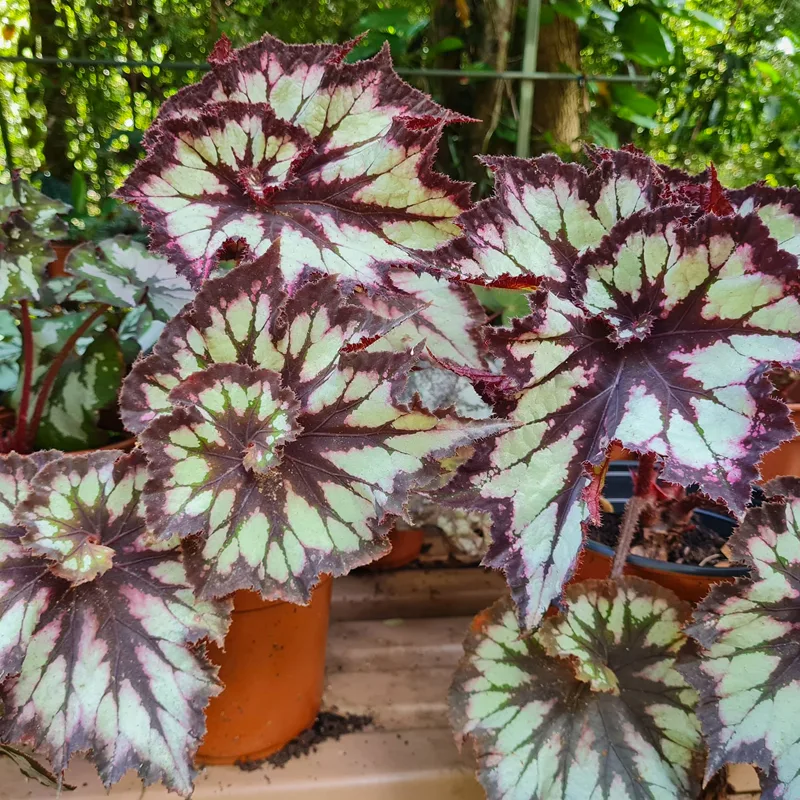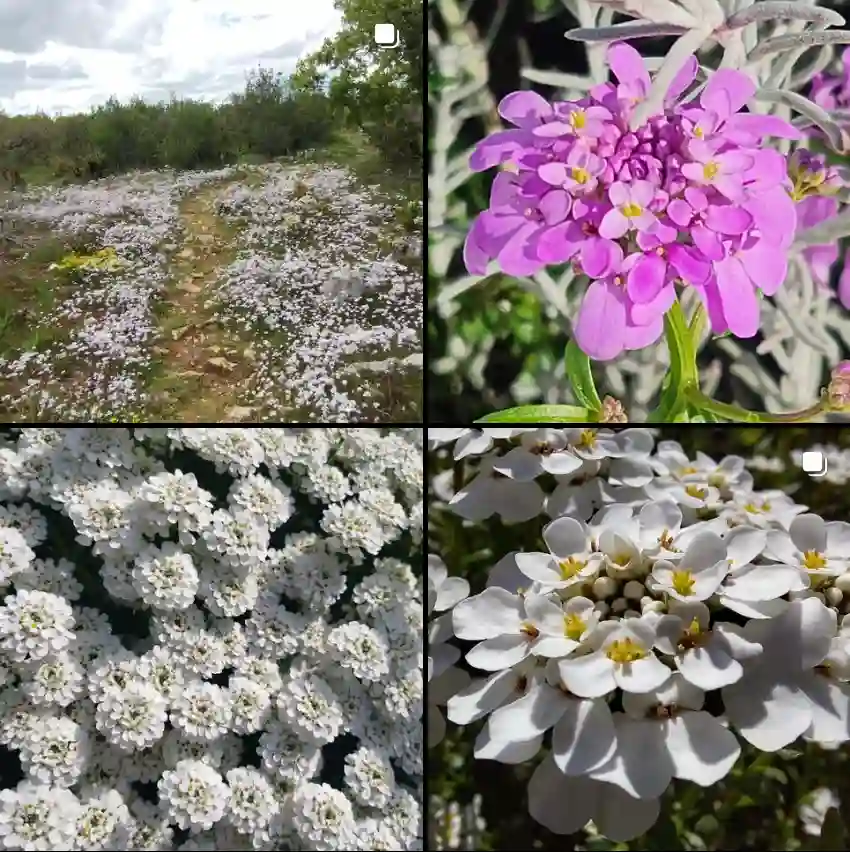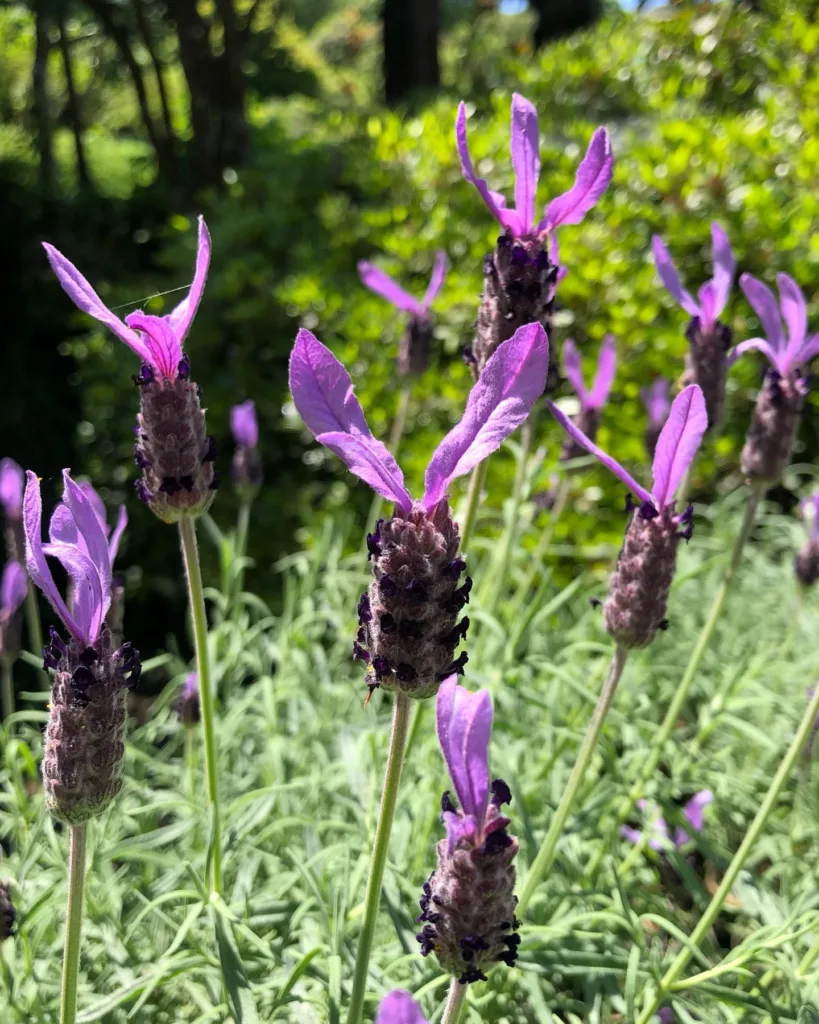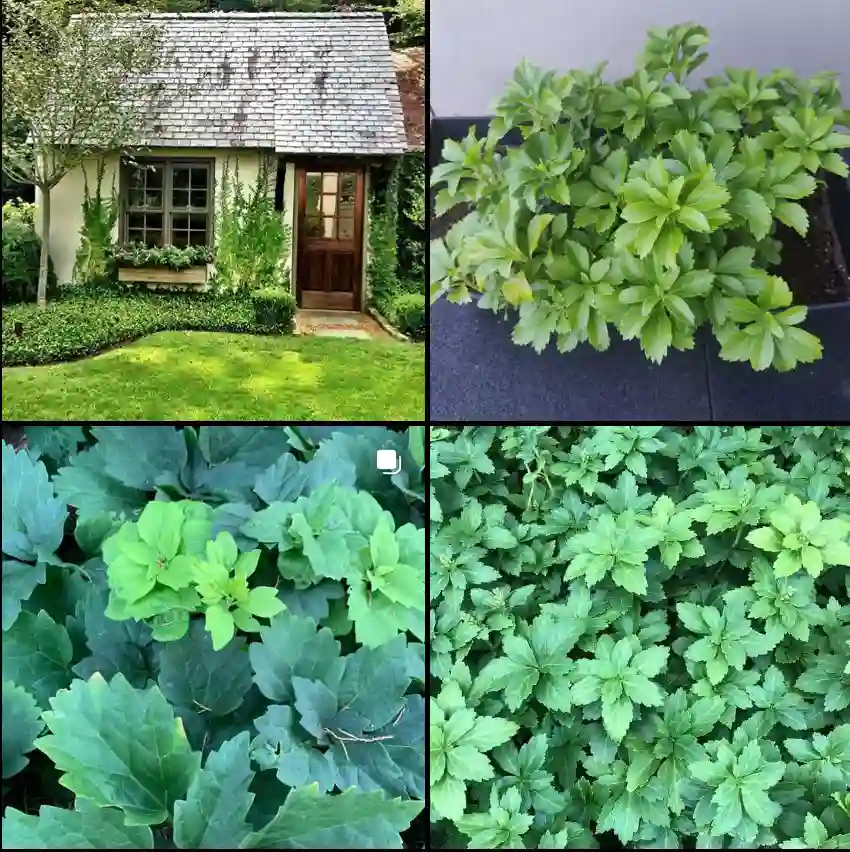What is Betula Alleghaniensis?
Betula Alleghaniensis, commonly known as the Yellow Birch, is a striking tree species native to North America. It’s often found in the northeastern United States and Canada, thriving in moist, well-drained soils in temperate forests. As a fan of diverse tree species, I’ve always been intrigued by the Yellow Birch for its unique characteristics and adaptability.
87 Species in Genus Betula – Birch Tree
What is a Characteristic of the Bark of Betula Alleghaniensis?
One of the standout features of Betula Alleghaniensis is its bark. Unlike many other birch species, the bark of the Yellow Birch is distinguished by its golden-yellow color. Over time, this bark peels off in thin, papery strips, revealing a new, fresh layer beneath. This peeling effect gives the tree a distinctive, multicolored appearance, especially in the winter when the contrast between the yellow bark and the surrounding snow is particularly striking.
What is the Color of the Bark of Betula Alleghaniensis?
The color of Betula Alleghaniensis bark is a warm, golden-yellow, which is quite different from the white or silver bark of other birch species. This vibrant hue is one of the reasons the Yellow Birch is so visually appealing and stands out in a forest setting. The bark’s color can vary somewhat depending on the age of the tree and the environmental conditions, but it consistently retains its characteristic yellowish tone.
How to Care for Betula Alleghaniensis?
Caring for Betula Alleghaniensis involves providing the right conditions to ensure its health and vitality. Here are some key tips:
- Soil: Yellow Birches prefer moist, well-drained soils. They thrive in acidic to neutral soil pH and can tolerate occasional wet conditions.
- Sunlight: While they can grow in partial shade, Yellow Birches generally prefer full sun to partial shade for optimal growth.
- Watering: Regular watering is important, especially during dry periods. However, avoid waterlogging as it can lead to root rot.
- Pruning: Minimal pruning is required. Focus on removing any dead or diseased branches to maintain the tree’s health and appearance.
How to Propagate Betula Alleghaniensis?
Propagating Betula Alleghaniensis can be done through seeds or cuttings. Here’s a brief overview:
- Seeds: Collect seeds from mature trees in the fall. Soak them in water for a few hours before planting. Sow the seeds in a cold frame or directly in the ground, keeping them moist until they germinate.
- Cuttings: Take semi-hardwood cuttings in late summer. Dip the cuttings in rooting hormone and plant them in a well-draining potting mix. Keep them in a humid environment until roots develop.
What to Plant with Betula Alleghaniensis?
Betula Alleghaniensis pairs well with a variety of plants due to its versatile nature. Consider planting it alongside:
- Shade-Tolerant Plants: Hostas and ferns thrive in the shaded undergrowth of a Yellow Birch.
- Wildflowers: Adding native wildflowers like Trilliums or Jack-in-the-Pulpit can enhance the naturalistic feel of your garden.
- Ground Covers: Low-growing ground covers like Creeping Jenny or Wintercreeper can complement the Yellow Birch’s appearance.
Can You Grow Betula Alleghaniensis Indoors?
Betula Alleghaniensis is not suitable for indoor growth. This tree requires a significant amount of space and natural light, which is difficult to provide indoors. It’s best enjoyed in an outdoor garden or landscape setting where it can reach its full potential.
Is Betula Alleghaniensis Toxic?
Betula Alleghaniensis is not considered toxic to humans or pets. However, as with any plant, it’s always a good practice to keep an eye on curious pets and young children to avoid any potential issues.
Benefits of Betula Alleghaniensis
The Yellow Birch offers several benefits:
- Aesthetic Appeal: Its striking bark color and peeling texture add visual interest to gardens and landscapes.
- Wildlife Habitat: Provides habitat and food for various wildlife species.
- Ecological Value: Supports local ecosystems by contributing to soil health and providing shelter for insects and birds.
Common Problems with Betula Alleghaniensis
Despite its hardy nature, Betula Alleghaniensis can face a few problems:
- Pests: Look out for pests like aphids and caterpillars that may affect the health of the tree.
- Diseases: Fungal diseases such as birch borer infestations can be problematic. Regular inspection and timely intervention can help manage these issues.
Betula Alleghaniensis vs Betula Lenta
Comparing Betula Alleghaniensis to Betula Lenta (the Sweet Birch) reveals some key differences:
- Bark Color: Betula Alleghaniensis has yellow bark, while Betula Lenta features dark, reddish-brown bark.
- Leaf Shape: The leaves of Betula Lenta are typically broader and more rounded compared to the narrower, ovate leaves of Betula Alleghaniensis.
- Growth Habit: Betula Alleghaniensis generally grows slower and is more upright, whereas Betula Lenta can reach larger sizes and spread wider.
In conclusion, Betula Alleghaniensis is a visually striking tree with unique characteristics that set it apart from other birch species. Whether you’re planting it for its beautiful bark or its ecological benefits, it’s a wonderful addition to any landscape.
If i die, water my plants!



